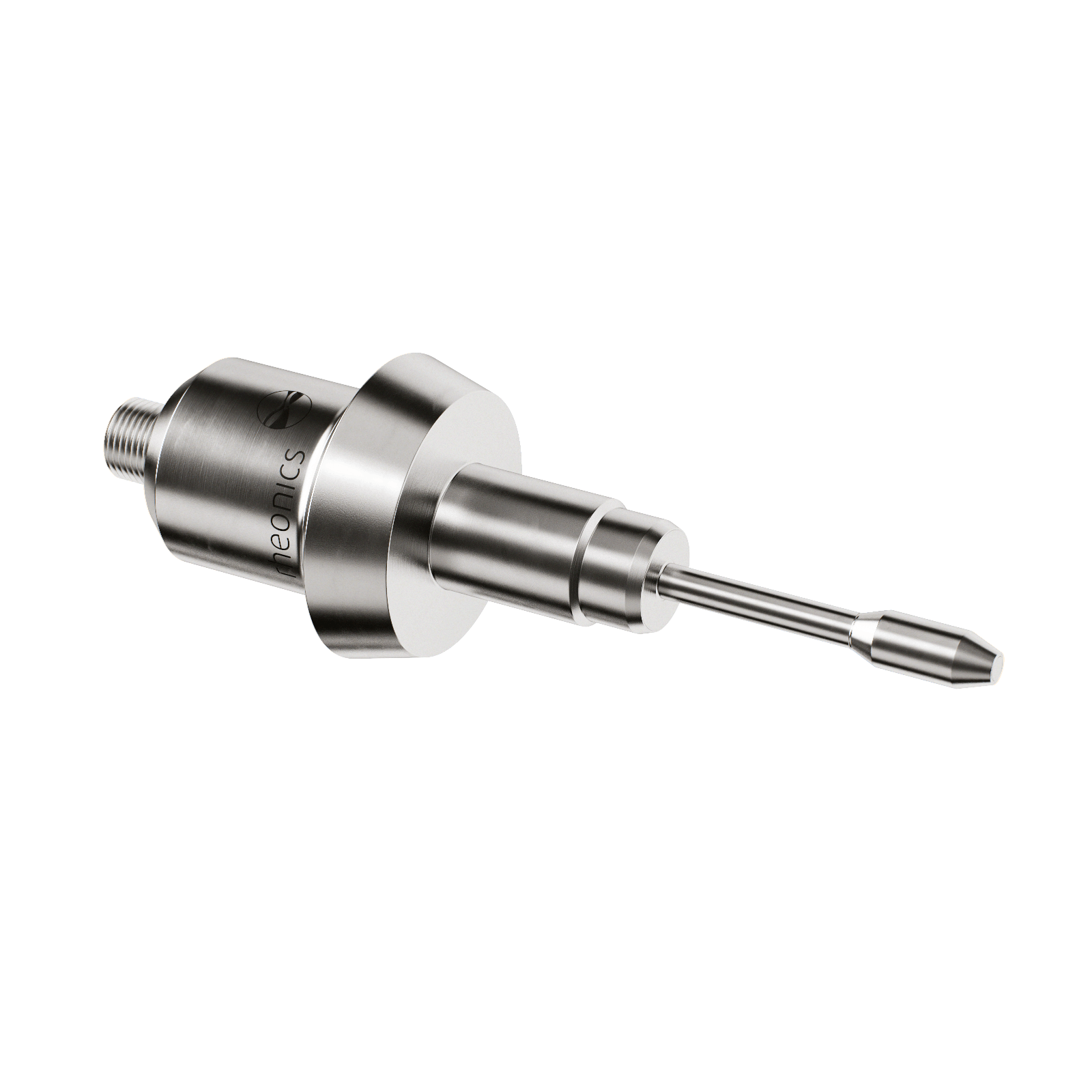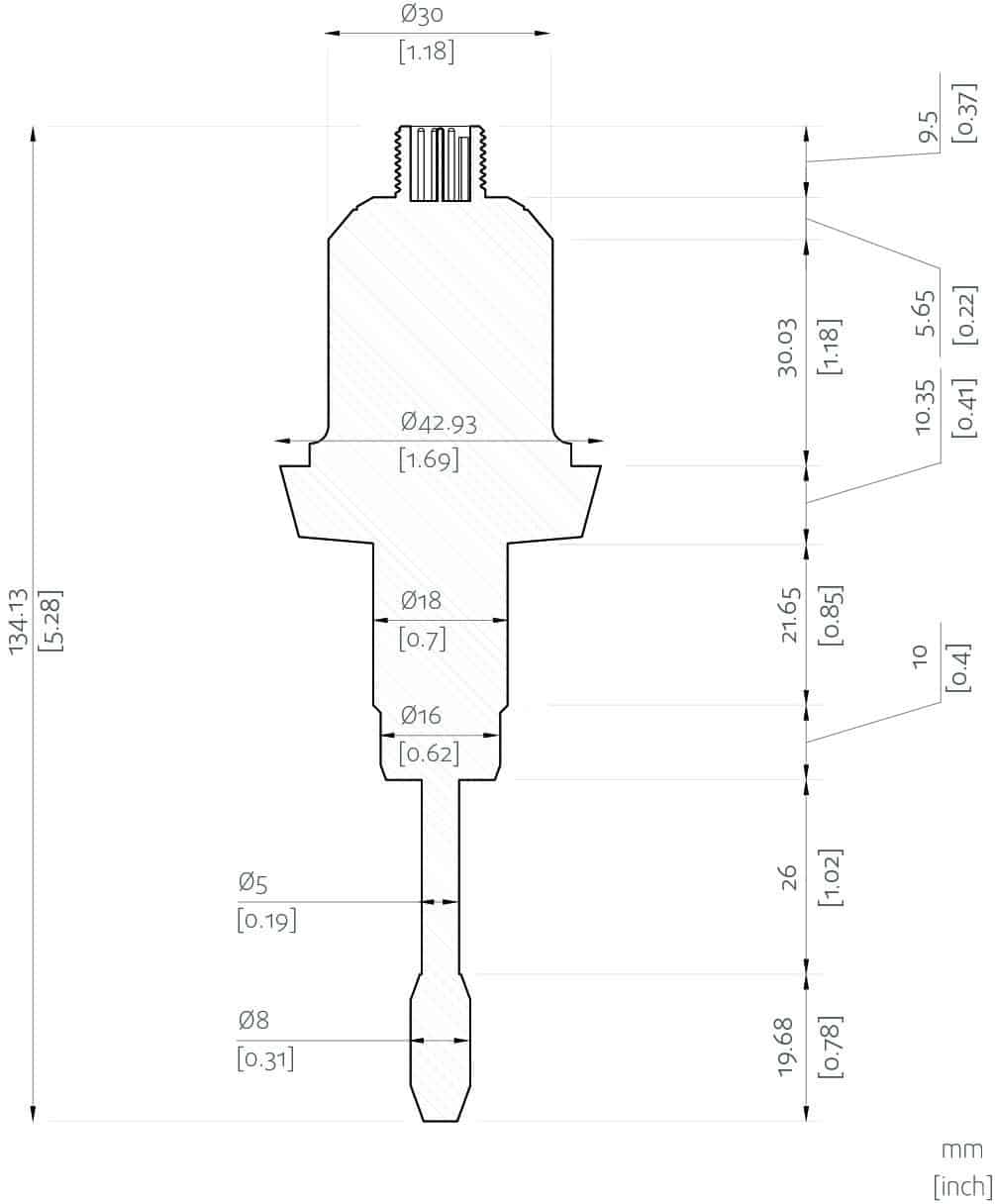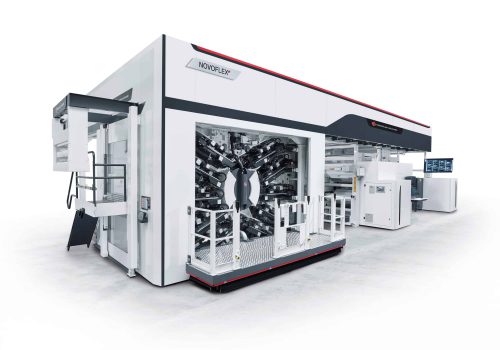Introduction
An enteric (delayed-release) coating is a barrier applied to oral medication that controls the location in the digestive tract where it is absorbed. The term “enteric” refers to the small intestine; therefore, enteric coatings resist breakdown of medication before it reaches the small intestine. This clever science relies on the fact that the stomach is acidic and the intestines, where food goes after the stomach, are not. Most enteric coatings work by presenting a coated surface which is stable at highly acidic pH found in the stomach, but break down in non-acidic conditions and therefore release the drug in the intestines. Major applications of enteric coatings are pharmaceutical products in the form of solid oral dosage and feed for livestock.

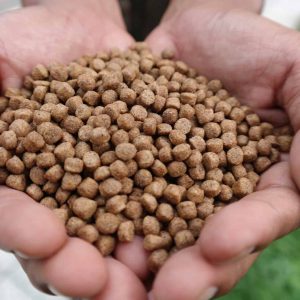
Application
Enteric Coatings - Composition and main uses
Materials Used
Materials suitable for such enteric coatings are generally acid- and protease-resistant (i.e., non-proteinaceous) polymers that exhibit low erosion and low swelling when in gastric medium, leading to low penetration of the gastric medium into the coating layer. At neutral pH, however, the polymers start to swell and erode, leading to dissolution of the oral dosage form and release of the active ingredient. Materials used for enteric coatings include CAP, CAT, PVAP and HPMCP, fatty acids, waxes, shellac, plastics and plant fibers.
Enteric coating polymers can be classified into 3 groups based on chemical compositions as listed below:
- Polymethacrylates: Methacrylic acid/ethyl acrylate
- Cellulose esters: Cellulose acetate phthalate (CAP), Cellulose acetate trimellitate (CAT), Hydroxypropylmethylcellulose acetate succinate (HPMCAS), Cellulose acetate succinate, Hydroxypropyl methylcellulose phthalate.
- Polyvinyl derivatives: Polyvinyl acetate phthalate (PVAP)
Uses
Enteric coatings are primarily used for the following reasons:
- Protection of active pharmaceutical ingredients, from the acidic environment of the stomach (e.g. enzymes and certain antibiotics). Such drug substances include erythromycin, pancreatin, omeprazole etc.
- To prevent gastric distress, ulceration or nausea due to irritation caused by certain drugs such as aspirin and certain nonsteroidal anti-inflammatory compounds.
- To deliver drugs that are optimally absorbed in the small intestine to their primary absorption site in their most concentrated form.
- To provide a delayed release component to repeat action tablets.
- Maintaining the stability of active pharmaceutical ingredients that are unstable when exposed to the acidic conditions of the gastric milieu. Such API’s include erythromycin, pancreatin, and the class of proton pump inhibitors, such as omeprazole
- Minimizing the side effects (nausea, and gastric irritation and bleeding) that can occur with APIs such aspirin and certain nonsteroidal inflammatory compounds.
- Creating opportunities for “night-time dosing” strategies, where the intent is to allow the dosage form to be consumed at bed-time, and permit effective blood levels of the active pharmaceutical ingredients to be attained just prior to waking.
- Facilitating colonic drug delivery.
Enteric coating involves application of a film-forming solution onto the surface of an oral dosage form (e.g., capsules, soft gels, tablets, granules, pellets, etc.). The film-forming solution usually contains the acid-resistant polymer, as well as other compounds such as plasticizer(s), colorant(s) or other additives (e.g., anti-adhesive agents, surfactants, flavoring agents, etc.). Pan coating system are traditionally used to apply enteric coatings to oral dosage forms. This method involves spraying the film-forming solution/suspension on the surface of the dosage forms, while the dosage forms are kept in continuous movement in a rotating pan. This technique requires maintaining a controlled balance between spray and evaporation, by applying heated air flow in contact with the surface of the oral dosage form. The process is continued until the desired amount of coating is applied (the desired thickness), and the coating weight gain per unit can be monitored throughout the process. Techniques other than pan coating exist in order to deposit a polymer film on oral dosage forms. These other methods include Wurster coating (air suspension coating) and dip coating. Enteric coating formulations need special care of coating operation due to the constraint of drug release specified in the regulatory requirements.
The functionality of enteric coatings is, for the most part, mediated by a change in pH of the environment to which the enteric-coated product is exposed. Enteric polymers remain unionized (and thus, insoluble) at low pH values, and begin to dissolve at a pH value of approximately 5.0–5.5. In addition, the functionality of enteric coatings can be greatly affected by many factors – one of the primary factors is the coating process:
- The quantity of applied coating – Insufficient coating can lead to ineffective gastric resistance, while too thick coating can seriously delay drug release when the dosage form passes into the small intestine.
- The presence of imperfections in the coating (cracks, “pick marks,” etc.) that leads to reduced gastric resistance.
The choice of the polymer and the thickness of the coated layer are absolutely critical to control the pH solubility profile of the enteric coated dosage form. The result of the coating process is strongly dependent on the rheological characteristics of the film coating dispersion applied. Issues such as logo bridging, orange peel and spray drying are rooted in the viscous and elastic properties of the coating formulation. Determining and appraising the rheological characteristics is therefore of huge importance in order to prevent problems during the film coating process. Film coating quality is absolutely critical and affects the enteric protection and disintegration time of the tablet, and achieving high quality standards is most essential in the pharmaceutical industry.
Moreover, in the field of delayed-release film coating, the process time and, as a result, the manufacturing costs are directly linked to the solid matter content of the dispersion. As viscosity is a specific characteristic of the film forming polymer and the solid content in the solution/dispersion, rheological investigation is very useful and important in order to select the most economical formulation. The increase in viscosity and changes in surface tension influences the droplet formation during spraying as well as film formation, and therefore, the surface quality of the coated cores.
In general, it can be assumed that with lower viscosity:
- Preparation of film coating dispersion is faster
- Risks of lump formation is lower
- The surface quality of the coated tablets is better
- The maximum solid matter content of the dispersion is higher
- Processing time is shorter
- Processing costs are lower
Each coating formulation and film forming polymer has its characteristic limiting maximum viscosity value for processability which depends on batch size, coating equipment and the process. In order to optimise efficiency and quality, it is absolutely necessary to keep the viscosity optimum throughout the coating process.
Why is viscosity management critical in enteric coating process?
The broad and significant factors which make viscosity management critical in enteric coating process are:
- Coating Quality: Tablets must comply with finished product specifications and any appropriate compendial requirements. Variation in viscosity causes significant change in both solvent and water-based coating properties affecting printability, fade resistance and drying. Poor coating quality can adversely affect the pH solubility profile of the dosage and lead to undesirable consequences.
- Coating Uniformity: Coating uniformity is attributed to the distribution of sprayed liquid on the surface of the coating substrates. This correlates with the design of the equipment used. Inline viscosity monitoring and control can help achieve the required coating quality and reduce coating failures like orange peel, which is caused my more viscous sprayed-liquid droplets.
- Reduce coating errors: Viscosity control can help alleviate the frequency of miscues – sticking and picking, twinning, peeling, splitting, cracking, roughness, blistering, bridging and surface erosion.
- Correct disintegration time and properties: Controlling the viscosity is the key to the right coating thickness and consistency because that is the factor subjected to the highest variability. The percent solids in fluid is the characteristic that affects the pH solubility profile, and viscosity is an indicator of the percent solids of the fluid.
- Cost: Coating with incorrect viscosity harms more than just effectiveness of the tablet. Poor viscosity management drives up usage of pigments and solvents, affecting the profit margins.
- Waste: Materials rejected due to poor quality can be reduced with proper viscosity management.
- Efficiency: Eliminating manual viscosity control frees operators’ time and enables them to focus on other tasks.
- Environment: Lowering the use of pigment and solvent is good for the environment.
- Compliance: Perhaps to a greater degree than other industries, pharmaceutical coating demands the highest quality printing. The need to achieve target properties of the dosage is non-negotiable when it comes to regulatory codes in pharmaceutical and food industry.
To ensure consistent high-quality, uniform coating, the change in viscosity through-out the process stream is monitored in real time, making measurements from a baseline rather than simply measuring absolute values, and making automatic viscosity adjustments by adjusting solvents and temperature to keep it within specified limits.
Process Challenges
Since spraying, coating distribution, and drying take place at the same time, tablet coating is a dynamic, complex process that is affected by many variables. In order to optimise efficiency and quality, it is absolutely necessary to compensate for solvent loss by adding small amount of thinner from time to time, during the operation, to keep the viscosity optimum for use through adjustments as conditions dictate.
Existing laboratory viscometers are of little value in process environments because viscosity is directly affected by temperature, shear rate and other variables that are very different off-line from what they are in-line. Traditionally, operators have measured the viscosity of fully-formulated system using the efflux cup. The procedure is messy and time-consuming, particularly if the solution needs to be filtered first. It is pretty inaccurate, inconsistent and non-repeatable even with an experienced operator.
Some companies use thermal management systems to keep point-of-application at a determined optimal temperature to achieve constant viscosity. But temperature is not the only factor affecting viscosity. Shear rate, flow conditions, pressure and other variables including raw material variability can affect in process viscosity. Temperature controlled systems also have high energy consumption, high system costs, long installation times and a large footprint physically and environmentally.
Rheonics' Solutions
Automated in-line viscosity measurement and control is crucial to control the formulated coating viscosity. Rheonics offers the following solutions, based on a balanced torsional resonator, for control and optimisation of the coating process:
- In-line Viscosity measurements: Rheonics’ SRV is a wide range, in-line viscosity measurement device with in-built fluid temperature measurement and is capable of detecting viscosity changes within any process stream in real time.
- In-line Viscosity and Density measurements: Rheonics’ SRD is an in-line simultaneous density and viscosity measurement instrument with in-built fluid temperature measurement. If density measurement is important for your operations, SRD is the best sensor to cater to your needs, with operational capabilities similar to the SRV along with accurate density measurements.
Automated online viscosity measurement through SRV or an SRD eliminates the variations in sample taking and lab techniques which are used for viscosity measurement by the traditional methods. The sensor is located in-line so that it continuously measures the formulated system viscosity (and density in case of SRD). Coating consistency is achieved through automation of the dosing system through a controller using continuous real-time viscosity measurements. Using an SRV in a coating process line, coat transfer efficiency is improved improving productivity, profit margins and environmental goals. Both the sensors have a compact form factor for simple OEM and retrofit installation. They require no maintenance or re-configurations. Both the sensors offer accurate, repeatable results no matter how or where they are mounted, without any need for special chambers, rubber seals or mechanical protection. Using no consumables, SRV and SRD are extremely easy to operate with zero maintenance.
Rheonics' Advantage
Hygienic, sanitary design
Rheonics SRV and SRD are available in tri-clamp and DIN 11851 connections besides custom process connections.
Both SRV & SRD conform to Food Contact Compliance requirements according to US FDA and EU regulations.
Compact form factor, no moving parts and require no maintenance
Rheonics’ SRV and SRD have a very small form factor for simple OEM and retrofit installation. They enable easy integration in any process stream. They are easy to clean and require no maintenance or re-configurations. They have a small footprint enabling in-line installation, avoiding any additional space or adapter requirement on the press/systems.
High stability and insensitive to mounting conditions: Any configuration possible
Rheonics SRV and SRD use unique patented co-axial resonator, in which two ends of the sensors twist in opposite directions, cancelling out reaction torques on their mounting and hence making them completely insensitive to mounting conditions and ink flow rates. These sensors can easily cope up with regular relocation. Sensor element sits directly in the fluid, with no special housing or protective cage required.

Instant accurate readouts on printing conditions – Complete system overview and predictive control
Rheonics’ software is powerful, intuitive and convenient to use. Real-time viscosity can be monitored on a computer. Multiple sensors spread across the factory floor are managed from a single dashboard. There is no effect of pressure pulsation from pumping on sensor operation or measurement accuracy. In addition, the sensor is insensitive to any vibrations or electrical noise from external machinery.
Easy installation and no reconfigurations/recalibrations needed
Replace sensors without replacing or re-programming electronics
Drop-in replacements for both sensor and electronics without any firmware updates or calibration coefficient changes.
Easy mounting. Screws into ¾” NPT threaded in-line fittings, or Flanged connections.
No chambers, O-ring seals or gaskets.
Easily removed for cleaning or inspection.
SRV available with flange, DIN 11851 hygienic and tri-clamp connection for easy mounting and dis-mounting.
Low power consumption
24V DC power supply with less than 0.1 A current draw during normal operation (less than 3W)
Fast response time and temperature compensated viscosity
Ultra-fast and robust electronics, combined with comprehensive computational models, make Rheonics devices one of the fastest and most accurate in the industry. SRV and SRD give real-time, accurate viscosity (and density for SRD) measurements every second and are not affected by flow rate variations!
Wide operational capabilities
Rheonics’ instruments are built to make measurements in the most challenging conditions. SRV has the widest operational range in the market for inline process viscometer:
- Pressure range up to 5000 psi and higher
- Temperature range from -40 up to 300°C
- Viscosity range: 0.5 cP up to 50,000+ cP
SRD: Single instrument, triple function – Viscosity, Temperature and Density
Rheonics’ SRD is a unique product that replaces three different instruments for viscosity, density and temperature measurements. It eliminates the difficulty of co-locating three different instruments and delivers extremely accurate and repeatable measurements in harshest of conditions.
Achieve the right coat quality, cut down costs and enhance productivity
Integrate an SRV or SRD in the process line and ensure uniformity and consistency throughout the coating process. Achieve constant colours & thickness without worrying about colour or thickness variations. SRV (and SRD) constantly monitors and controls viscosity (and density in case of SRD) and prevents overuse of expensive pigments and solvents. Reliable and automatic ink supply ensures that presses run faster and saves operators’ time. Optimise the coating process with an SRV and experience lesser reject rates, lesser wastes, fewer customer complaints, fewer press shut downs and material cost savings. And at the end of it all, it contributes to a better bottom line and a better environment!
Clean in place (CIP)
SRV (and SRD) monitors the cleanup of the ink lines by monitoring the viscosity (and density) of the solvent during the cleaning phase. Any small residue is detected by the sensor, enabling the operator to decide when the line is clean for purpose. Alternatively, SRV provides information to the automated cleaning system to ensure full and repeatable cleaning between runs.
Superior sensor design and technology
Sophisticated, patented 3rd generation electronics drive these sensors and evaluate their response. SRV and SRD are available with industry standard process connections like ¾” NPT and 1” Tri-clamp allowing operators to replace an existing temperature sensor in their process line with SRV/SRD giving highly valuable and actionable process fluid information like viscosity besides an accurate measurement of temperature using an in-build Pt1000 (DIN EN 60751 Class AA, A, B available).
Environment friendly
Reduce the use of VOC (volatile organic compounds) in your process reducing the energy required to recover it or disposal costs. Manufacture smart while saving costs, ensuring high quality and protecting the environment.
Electronics built to fit your needs
Available in both an explosion-proof transmitter housing and a small-form factor DIN rail mount, the sensor electronics enables easy integration into process pipelines and inside equipment cabinets of machines.


Easy to integrate
Multiple Analog and digital communication methods implemented in the sensor electronics makes connecting to industrial PLC and control systems straightforward and simple.
ATEX & IECEx Compliance
Rheonics offers intrinsically safe sensors certified by ATEX and IECEx for use in hazardous environments. These sensors comply with the essential health and safety requirements relating to the design and construction of equipment and protective systems intended for use in potentially explosive atmospheres.
The intrinsically safe and explosion proof certifications held by Rheonics also allows for customization of an existing sensor, allowing our customers to avoid the time and costs associated with identifying and testing an alternative. Custom sensors can be provided for applications that require one unit up to thousands of units; with lead-times of weeks versus months.
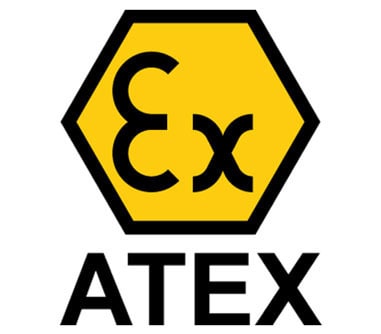
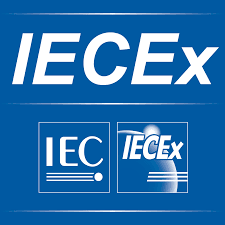
Implementation
Directly install the sensor to your process stream to do real time viscosity and density measurements. No by-pass line is required: the sensor can be immersed in-line. Flow rate and vibrations do not affect the measurement stability and accuracy. Optimize coating performance by providing repeated, consecutive, and consistent tests on the fluid.
Rheonics Instrument Selection
Rheonics designs, manufactures and markets innovative fluid sensing and monitoring systems. Precision built in Switzerland, Rheonics’ in-line viscometers and density meters have the sensitivity demanded by the application and the reliability needed to survive in a harsh operating environment. Stable results – even under adverse flow conditions. No effect of pressure drop or flow rate. It is equally well suited to quality control measurements in the laboratory. No need to change any component or parameter to measure across full range.
Suggested product(s) for the Application
- Wide viscosity range – monitor the complete process
- Repeatable measurements in both Newtonian and non-Newtonian fluids, single phase and multi-phase fluids
- Hermetically sealed, all stainless steel 316L wetted parts
- Built in fluid temperature measurement
- Compact form-factor for simple installation in existing process lines
- Easy to clean, no maintenance or re-configurations needed
- Single instrument for process density, viscosity and temperature measurement
- Repeatable measurements in both newtonian and non-newtonian fluids, single phase and multi-phase fluids
- All metal (316L Stainless Steel) construction
- Built in fluid temperature measurement
- Compact form-factor for simple installation in existing pipes
- Easy to clean, no maintenance or re-configurations needed

